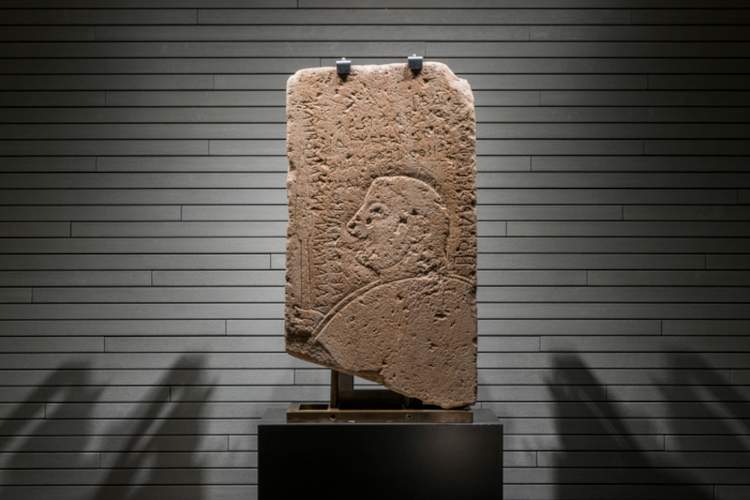The Kaminia stele, among the most debated inscriptions of classical antiquity, is on display in Milan
In Milan, at the Luigi Rovati Foundation, the Kaminia Stele, one of the most enigmatic and debated inscriptions in all of classical antiquity, found in Lemno and now housed in the National Archaeological Museum in Athens, is on view until July 16, 2023, at the Hypogeum Floor.
An important testimony that now enriches the museum’s writing section, on the occasion of the exhibition project The Stele of Kaminia. The Etruscans and the Island of Lemno, curated by the Italian Archaeological School of Athens and Emanuele Papi, Riccardo Di Cesare, Carlo De Domenico, and Germano Sarcone.
Found between 1883 and 1885 near the village of Kaminia on the island of Lemno in the northern Aegean Sea, the stele is dated to the 6th century BC. It bears engraved two inscriptions. The stele’s alphabet is Greek, of the type called red (or Greco-Western), but some distinctive features bring it closer to theEtruscan alphabet.
Reports by ancient authors about the Pelasgians or Tyrrhenians, who would have inhabited Lemno until the conquest of Athens (c. 500 B.C.), prompted the Italian Archaeological School in Athens to conduct excavations and research on the island to identify the origins of the Etruscans.
The work of a local workshop, the stele is a thin, long slab of limestone originally about two meters high, of which the upper half remains. On the front is engraved in very low relief the figure of a warrior in profile, standing, armed with spear and shield. The face, with a flat head, large eyes and a pronounced smile, harks back to the iconography attested at Lemno, found on vases and other terracotta objects from the Archaic period (7th-6th centuries BCE). An inscription distributed over eight lines is engraved around the figure: some lines are read from bottom to top, others horizontally from left to right and right to left in alternating lines. A second inscription, on three lines, incomplete at the bottom, placed vertically on the right side, was drafted by a different stone carver.
The reading is controversial: according to one possible interpretation, the inscription commemorates the warrior Aker son of Tavarsa (Aker Tavarsio), representing descent from members of an illustrious family of Lemno. A second interpretation identifies him instead as a Holaie (in Greek Hylaios) perhaps from Phocaea in Asia Minor. The stele was a burial marker.
 |
| The Kaminia stele, among the most debated inscriptions of classical antiquity, is on display in Milan |
Warning: the translation into English of the original Italian article was created using automatic tools. We undertake to review all articles, but we do not guarantee the total absence of inaccuracies in the translation due to the program. You can find the original by clicking on the ITA button. If you find any mistake,please contact us.




























